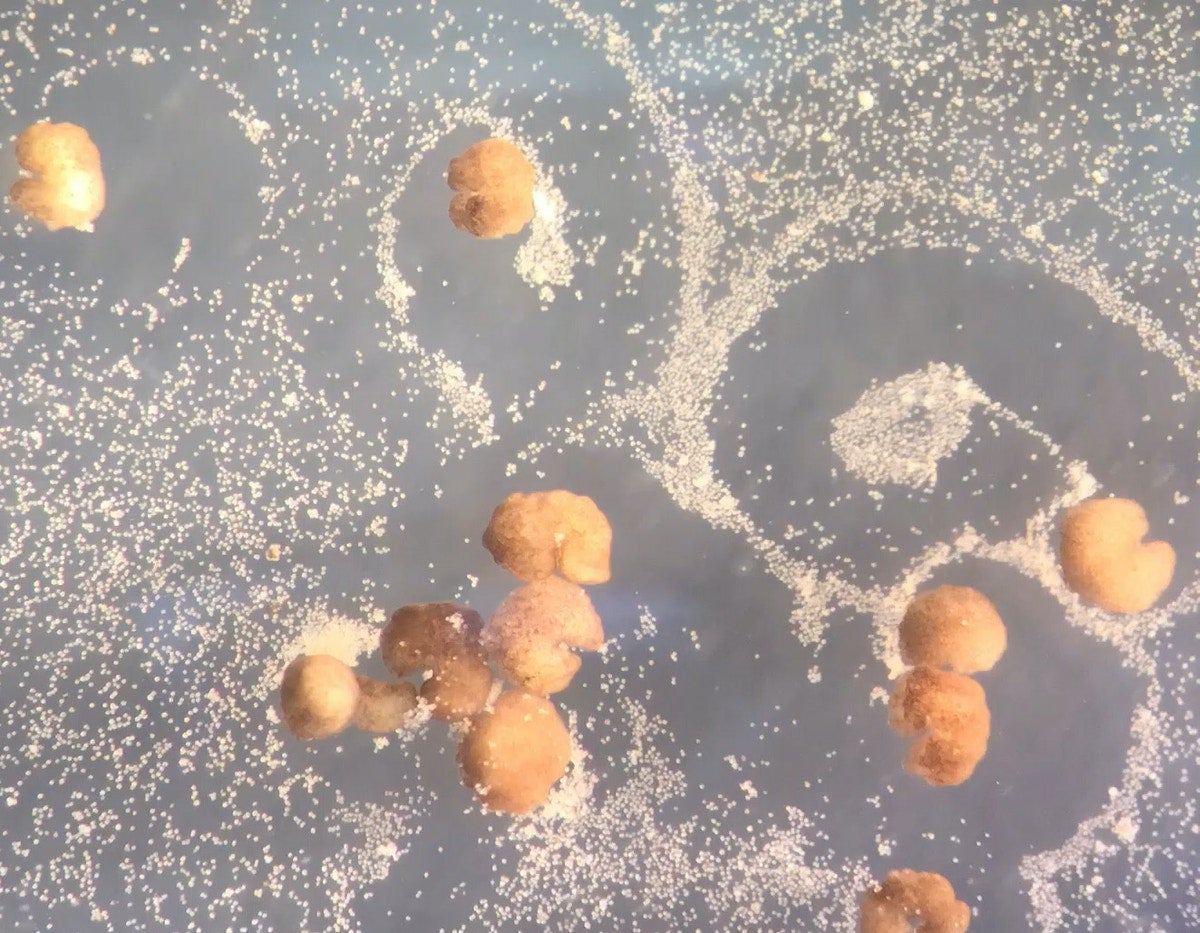A team of scientists from the University of Vermont (UVM) has discovered a new form of reproduction in computer-designed organisms (CDOs). In this, these robots ingest single-cell organisms and release “babies” that look and move like them, stated in a press release.
Last year ‘xenobots,’ were introduced as a new form of life made by scientists. They were created from cells from a frog embryo and then modeled to do certain tasks.
Scientists were able to activate new sensors and motors on them and even produce them faster once they were created. However, the 0.7-mm organisms started dying after the cells were introduced in them.
The team aimed to experiment with the self-reproduction of the organisms. This was proposed to the Deep Green Supercomputer cluster at the University of Vermont in the form of an evolutionary algorithm. The supercomputer came up with a familiar idea: Pac-Man after various tests with multiple shapes.
Scientists made ‘parent’ xenobots in the shape of Pac-Man as a result. The bots swam inside the petri-dish to individual cells and gathered hundreds of them at a time. After staying in the parent bot, they were able to replicate.
“Then those parents built children, who built grandchildren, who built great-grandchildren, who built great-great-grandchildren,” said Sam Kriegman, the lead author of the study, explaining how the design gave rise to generations of xenobots. “These are frog cells replicating in a way that is very different from how frogs do it. No animal or plant known to science replicates in this way,” he added.
“People have thought for quite a long time that we’ve worked out all the ways that life can reproduce or replicate. But this is something that’s never been observed before,” said Douglas Blackiston, a scientist at Tufts University who assembled the ‘parent’ xenobots and is also a co-author of the study, published today in Proceedings of the National Academy of Sciences.

Professor Josh Bongard leads the xenobot research at UVM. He stated that understanding these systems will unlock many new technological developments. Citing the timeline for the development of the COVID-19 vaccine, Bongard called it “exceedingly long” and said that using his research in the future, we could direct AI to make a biological tool that does specific functions for us.


